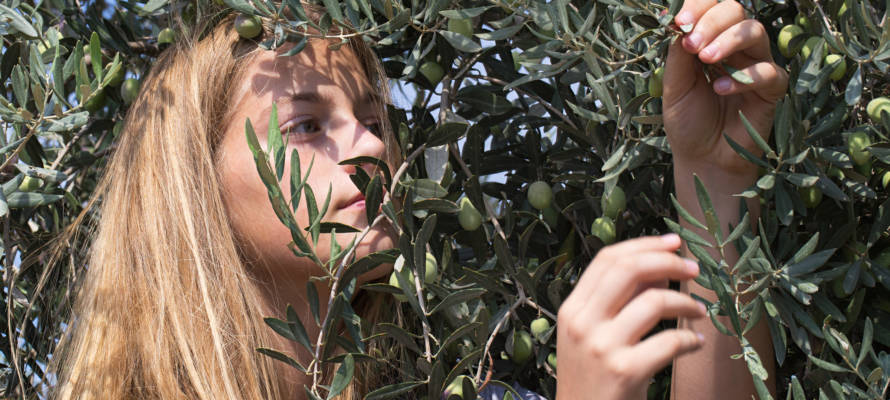Some of the cocoa plants were flourishing despite receiving very little hydration from October to January.
By Shula Rosen
An agricultural expert in Israel may have discovered “superhero” cocoa seeds whose plants survived the October 7th onslaught and flourished despite lack of hydration or care.
Ellen Graber, a soil chemistry expert is also a chocolate lover and is passionate about solving the problem of global chocolate and cocoa shortages.
The Hamas invasion of southern Israel tested Graber’s cocoa experiment to the limit and the surviving plants may hold the keys to seed innovation that can produce plants that are resistant to disease, drought, and pests.
“I believe we have something to offer,” Ellen Graber told the Times of Israel.
Climate change has posed a significant problem to the growth of cocoa, the raw material in chocolate.
The hotter summers and precipitation, which can vary from flooding to drought, are responsible for the 29% lower cocoa crop yields on the Ivory Coast, where the majority of the cocoa is grown.
Graber planned to take clones of plants from the International Cocoa Quarantine Center in the United Kingdom, but COVID got in the way.
Instead, she was mailed 18 varieties of seeds that had undergone open pollination and the other plants involved were not known.
Graber grew the first and second generation of these seeds in her greenhouse and sent half of the plants to a research center close to the border with Gaza.
Shortly after that, Hamas invaded southern Israel, and the plants she sent to the center were closed off as a military zone.
Because of the invasion, the small plants were still in their tiny pots and hadn’t been transplanted, nor had they received any hydration.
Graber told Times of Israel, “There was no electricity, and the plants received no fertilizer or water until mid-January,”
She added “It rained a bit, but not much and not regularly. They were in a net house left to their own devices. We expected to find 140 dead cocoa plants.”
However, a scientist found that 20 plants had survived and were growing shoots.
“Most of the survivors came from one of five or six varieties that I had sent. This indicates that this variety has a huge ability to survive under severe drought conditions,”Graber said.
The surviving plants were then exposed to extremely cold temperatures, sometimes under 4 degrees Celsius, but they pulled through.
“I brought them back to Volcani, transplanted them, and they’re surviving.”
She added, “I call them superheroes.”
